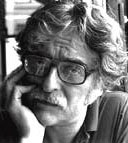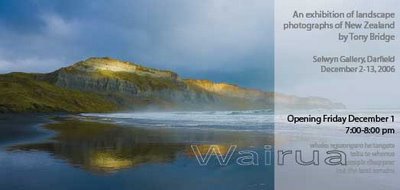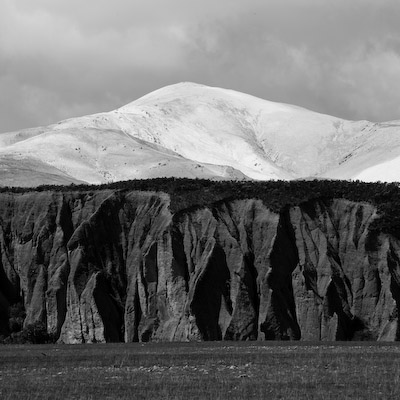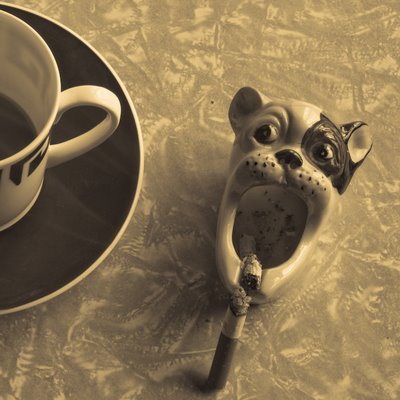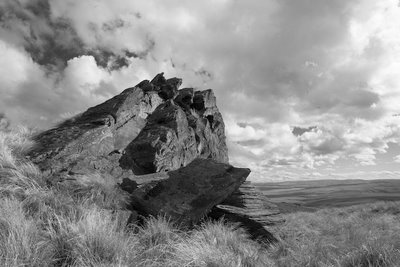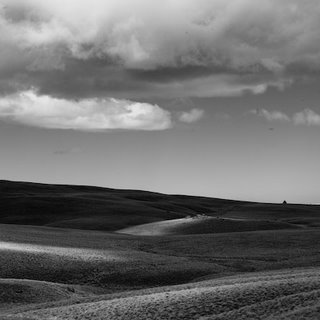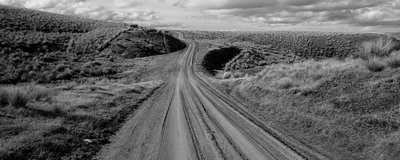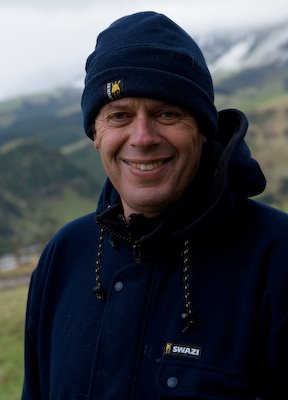 The urge to create, the urge to photograph, comes in part from the deep desire to live with more integrity; to live more in peace with the world, and possibly to help others do the same……
The urge to create, the urge to photograph, comes in part from the deep desire to live with more integrity; to live more in peace with the world, and possibly to help others do the same……
As I became aware that all things have unique spatial and temporal qualities which visually define and relate them, I began to perceive the things I was photographing not as objects but as events. Working to develop my skills of perceiving and symbolising these events qualities, I discovered the principle of opposites. When, for example, I photographed the smooth luminous body of a woman behind the dirty cobwebbed window, I found that the qualities of each event were enhanced and the universal forces which they manifested were more powerfully evoked. Out of these experiences, I embarked on some of my most productive years of working.
-Wynn Bullock (1902-1975)
I could feel the southerly storm coming. I could feel it lurking over the horizon, just beyond the Lammermoors. Like Kilroy, it was biding its time, waiting for the right moment. The norwest wind had been blowing for three days now, half-teasing half-bullying, pushing at the placid faces of the buildings and maliciously herding the clouds around the skies, but like a marathon runner nearing the end of the race, it was running out of energy, running on empty. Its pace was getting fitful, and it was taking longer and longer breathers. The grasses were grinning now, standing up in the strong and certain knowledge that they had beaten the wind yet again. Only the sky gave a clue to its stubborn attempts to make something of itself. But it knew it was beaten, and it was only a matter of time before it would be forced to hand over to the cold front that was coming.
I took a break from my work and, coffee and cigarette in hand, went out to have a look around, to see what was happening outside in the street. I could feel the tension in the air, that super-calm that seems to settle on the land when one front is about to hand the baton over to another. As I looked above the supermarket across the street, I saw the anticyclone's frustration written across the sky. Above me the clouds roiled and toiled in turmoil, a face screwed up in bitter disappointment at being beaten. My jaw dropped open, and the excitement hit me. Something was happening. I needed to be out amongst it.
I moved further out into the street and looked up at the sky to the north, at the twisted and bitter face above me. Then something made me turn and look to the south. Above the Rock and Pillar Range, above Waipiata, along the invisible dividing line between warm and cold fronts, an eerie cloud formation was taking shape. I threw the cigarette away, plonked the coffee cup down on the front doorstep, and ran inside to get my camera gear. I could feel the tension inside me, the handshaking nerves that often come when I know I'm close to something.
Hinemoa, my truck and faithful companion on my journeys around Aotearoa, kicked into life on the first wind of the key and together we threw ourselves at the hills to the south. It was only a matter of some 10 km but neither of us wanted to do miss out on what was happening. The emotions written across the face of the sky were changing constantly, and I wanted to be there to document it. Tawhirimatea and Tumutaenga were going at it again. The God of the Winds and the God of War were reliving the past, recreating their eternal struggle.
Just past Waipiata the road forked, and instinct made me take the oneto the left. It slithered across the low foothills at the base of the rock on pillars then came up to a corner, where I could see everything happening. In front of me the land lay, submissive and on its back like a beaten dog, beneath a sky that snarled and twisted and writhed in furious torment. Over the next 15 minutes I probably made around a hundred images, working hastily, lost in awe at what was happening for me, but still trying to keep a piece of my mind calm enough to make the right technical decisions. It isn't always easy to keep a grip on process when you're so involved with your subject. From time to time I trip up and get so lost in what I'm trying to say that I drop the technical ball.
Within 20 minutes the fight was over and the combatants had moved away to the east. The land breathed a sigh of relief and stood up brushing itself down. I, I was still shaking from the intensity of the events I'd been part of and it took me a good hour to come down.
Photography can be like that.
People often ask me what I see in the landscape, what it means to me, what the theme of my work is. For a long time I have felt that this country has a uniquely mystical side to it, a quality that is somehow other. Maori have a word that somehow sums it up.
Wairua.
Loosely translated, the word means spirit but, like so many words in Maori, contains layers of meaning and significance. It's the spirit of a place, but it's more than that. Sense of place can come from the things that are there, the buildings, people, structures, landforms and the interrelationship between them. That is the approach
Robin Morrison took. Wairua contains more than that; it contains the idea of a mystical presence that dwells in the land and informs all, that affects the way people live and the way that they feel.
I have noticed that New Zealand film seems to have this unique darkness, a sense of something else. Vincent Ward’s
Vigil is a case in point. All his movies, in fact, seem to have this quality. It is as if he is listening to a radio station unavailable to the rest of us.
Snakeskin is another movie that springs to mind. Again that sense of a sinister supernatural infection. Even comedies like
Goodbye Pork Pie and
Came a Hot Friday have this same edginess. Sam Neill discusses this idea in his documentary
Cinema of Unease. You might want to rent it and decide for yourself.
In my travels around New Zealand, working on
White Cloud Silver Screen, I often wondered why this was (being on the road gives you a lot of time to think). I wondered what it was filmmakers saw that photographers did not. While the filmmakers seemed to have captured the essence (or inner sense) of our landscape, photographers are still heavily replicating an essentially European view of the landscape, a romantic pictorialism similar to that carried out by the English landscape artists of the 19th-century, who brought with them the watercolour aesthetic they had learned, and pasted it on the landscape in front of them. Bit by bit, day by day, as I considered this idea, I found it feeding into my photography and into the way I perceived the landscape and the feelings I began to have while being out in it.
Experiences in some of the forgotten, out-of-the-way corners of this country only served to reinforce it.
Bad Blood, the story of Stan Graham, an ordinary man who went mad and shot a number of people, is a case in point. Down in the hills behind Hokitika, it was easy to imagine paranioa setting in as a result of being watched by a landscape that wore a perpetual scowl.
Out beyond the city limits, beyond the pressures of human existence, in the dark corners of this country (and they are there) are some very old stories waiting for listeners. Sometimes the stories are turbulent, sometimes serene. But they are there, if we are ready to listen.
Te Wairua o te whenua. The spirit of the land.
Wynn Bullock has always been a favourite photographer of mine. A technical master in his own right, he seemed to be able to see things in his landscapes, in his still lives or in his nudes that had the same quality of
Other. In his writings, he talks about this very thing, the fact that he was not photographing objects but rather events, that the moments he recorded alluded to a greater mystery that he wanted to explore, to know more about.
Looking at his work, I get the feeling that, like Vincent Ward, he had his own radio station, that he was listening to music most of us miss.
Whaka ngarongaro he tangata, toitu te whenuaPeople disappear, but the land remains.
Ka kite ano

